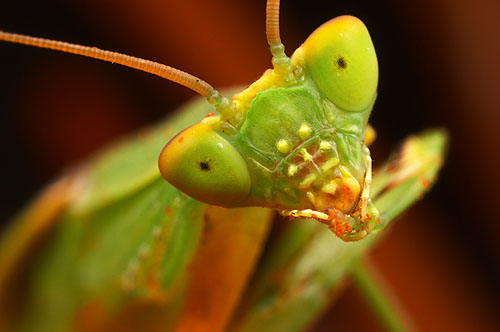As you may have noticed, for a photography blog I don’t write much about camera gear. Partly this is because I’m not the sort of person who chases the latest gadgets and gizmos, but partly because I think all the focus on equipment obscures the most important aspects of photography. Good photography comes from the artistry of the photographer. Megapixel count has hardly anything to do with it.
I bring this up because Canon has just announced the first bit of gear I’ve been excited about in years. The Canon 50D. Ignore the bits about the 15 megapixels (irrelevant for macro) and the 6.3 frames per second (ditto). What I like is this:
The EOS Integrated Cleaning System – including the improved Self Cleaning Sensor Unit with a new fluorine coating – increases protection of image quality by helping to reduce, repel and remove unwanted dust from the sensor. Stubborn particles can be removed automatically in post-production with Dust Delete Data and Canon’s included Digital Photo Professional software.
I spend 90% of my image processing time cloning out sensor dust in photoshop. It’s a tedious process, consuming hours of my time every week. If Canon’s latest camera makes a dent in the sensor dust problem I’ll be a very happy photographer indeed.
Read Full Post »












